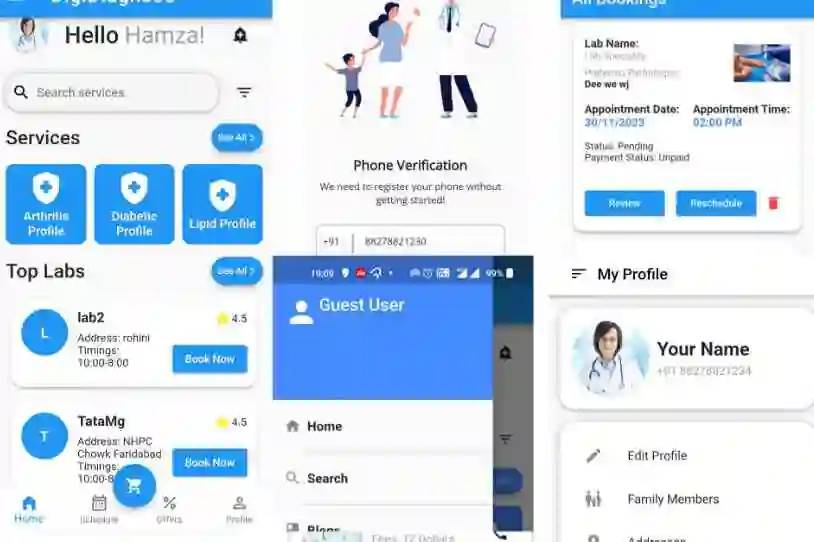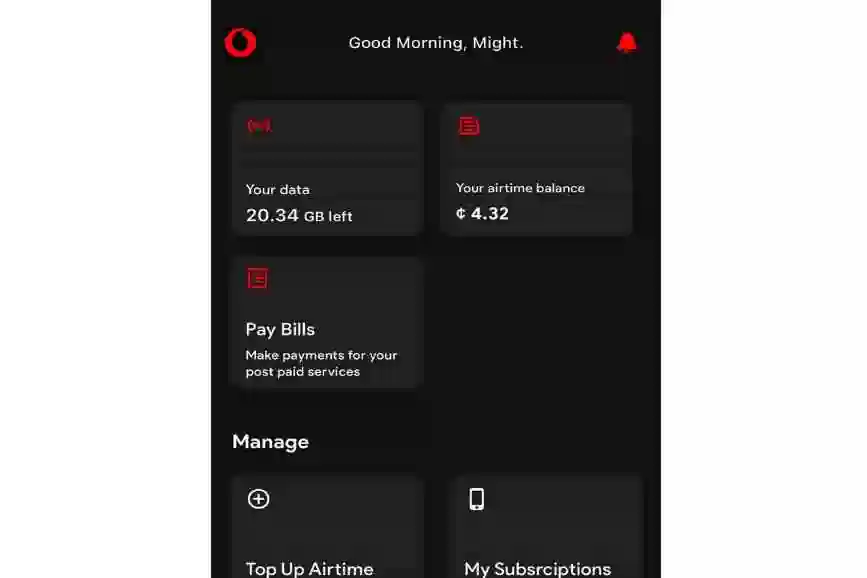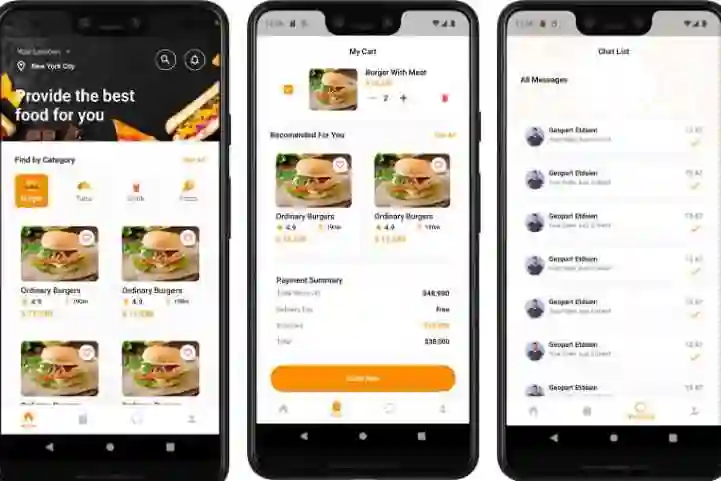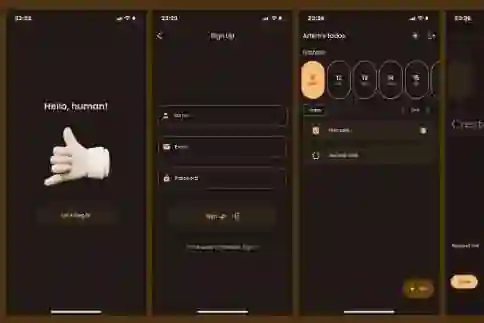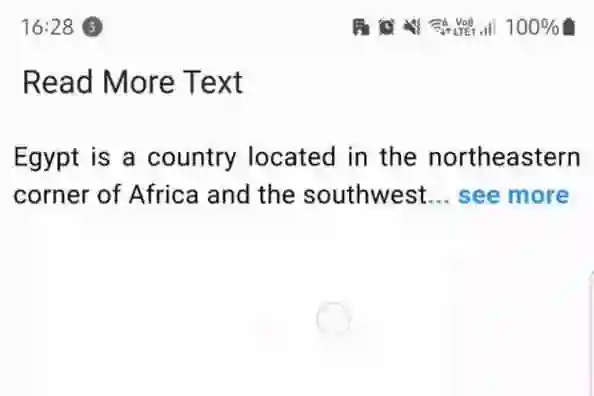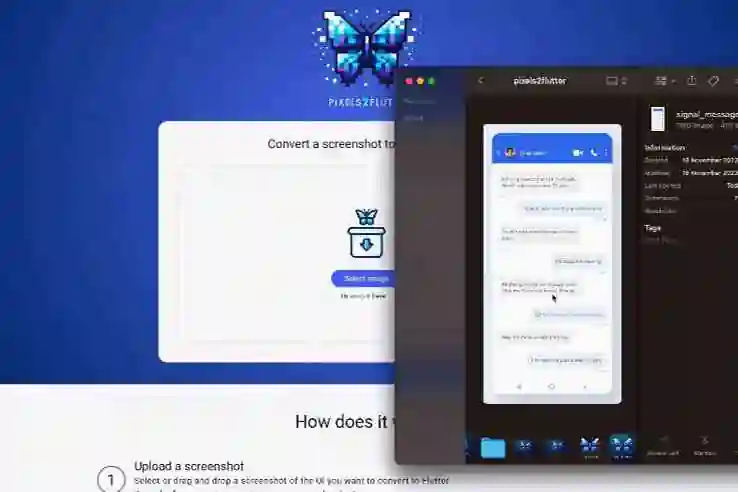In modern app development, the ability to interact with external data sources is crucial. Flutter, with its robust networking capabilities, empowers developers to seamlessly update data on the internet. In this guide, we'll explore how to perform HTTP requests, handle responses, and update data in a Flutter app with practical examples.
Making HTTP Requests
Flutter provides the http package, which offers a straightforward way to make HTTP requests. You can use it to interact with APIs, send data to servers, and retrieve information.
Here's an example of making a simple GET request:
import 'package:http/http.dart' as http;
void fetchData() async {
final response = await http.get('https://api.example.com/data');
if (response.statusCode == 200) {
// Successful request, parse response
print('Response data: ${response.body}');
} else {
// Request failed
print('Failed to fetch data');
}
}
In this example, we import the http package and use the get method to make a GET request to 'https://api.example.com/data'. We then check the response status code to determine if the request was successful.
Sending Data to a Server
To send data to a server, you can use the post method from the http package. This is commonly used for actions like submitting forms or creating new records.
import 'package:http/http.dart' as http;
void sendData() async {
final response = await http.post('https://api.example.com/submit', body: {
'name': 'John Doe',
'email': 'john@example.com',
});
if (response.statusCode == 200) {
// Successful request, parse response
print('Response data: ${response.body}');
} else {
// Request failed
print('Failed to send data');
}
}
In this example, we use the post method to send data to 'https://api.example.com/submit'. We include the data as a Map in the body parameter.
Updating Data on the Internet
Updating data on the internet typically involves sending a request to a server with the updated information. The server processes the request and updates the data accordingly.
For example, if you're building a to-do list app, you might send a request to mark a task as completed:
import 'package:http/http.dart' as http;
void markTaskComplete(int taskId) async {
final response = await http.put('https://api.example.com/tasks/$taskId/complete');
if (response.statusCode == 200) {
// Task marked as complete
print('Task marked as complete');
} else {
// Request failed
print('Failed to mark task as complete');
}
}
In this example, we use the put method to send a request to 'https://api.example.com/tasks/$taskId/complete', where $taskId is the ID of the task to be marked as complete.
Conclusion: Seamlessly Updating Data
With Flutter's http package, updating data on the internet becomes a straightforward process. Whether you're fetching information, sending data, or updating records, Flutter provides the tools to interact with external sources with ease.
Happy coding, and may your apps thrive in the digital realm!


